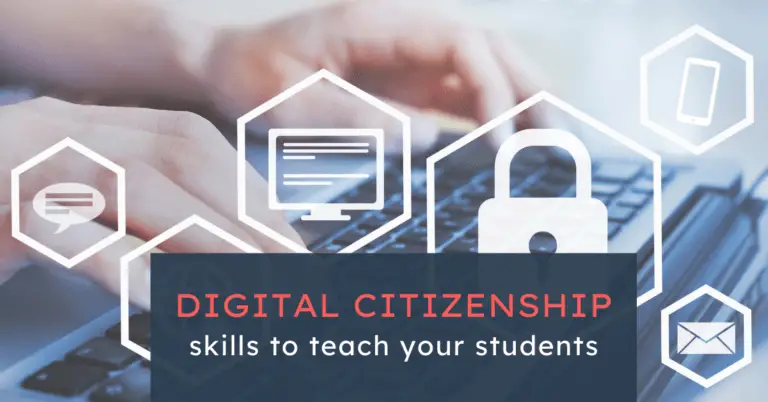[podcast_subscribe id=”7428″]
In this episode, we are talking all about leadership opportunities, both formal and informal.
If you like what you hear, we would love it if you could share this episode with a colleague or friend. And make sure you subscribe so that you don’t miss out on any new content! And consider supporting the show by buying us a coffee or two!
We would love to hear from you – leave a comment on our website OR check out our FLIP!
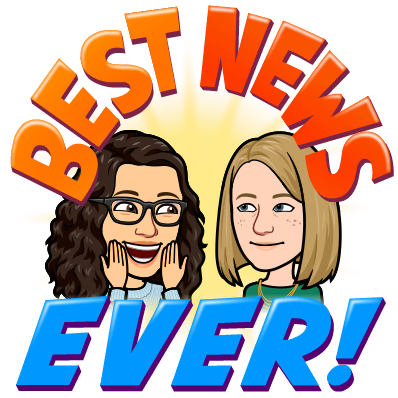
Show Notes
This week, we are pretty excited to talk about a topic that is pretty near and dear to our hearts – and that is leadership in schools. We don’t just mean formal leadership roles; we also want to share a little bit more about informal leadership, and how you can hone those skills and get more involved in your school community.
This has come up a lot lately in conversations with other teachers, and also at our own schools. When talking about school goals, we often talk about informal leadership, but there’s no real guide to show you how to do it, and every school looks very different.
It can actually seem quite a bit overwhelming when you’re first trying to find these opportunities for informal leadership, even though there are lots of opportunities around. So, we thought it was worth dedicating an episode to talk about how to get started, and what some of these opportunities might be within your own school community.
When most people think of teachers in leadership, they think of department heads, which is typically where many who want to be leaders would like to end up. In this position, you are responsible for at least one department area, though usually more than one. Within that department, you are responsible for budgets and spending, leading the people, and the annual logistics around staffing for the following school year.
Rachel and I both never really thought that we had strong aspirations for leadership roles, which is weird now that we are both in leadership positions and really enjoying it. When Rachel was offered the position, she had a moment of disbelief where she was shocked that they’d be offering it to her. That being said, she has grown in her confidence as a leader and as a educator, and has really enjoyed the role!
Katie’s reaction was similar. She applied to a different school for a headship, and so she walked into the interview with the goal of putting herself out there, but not expecting them to hire her. It was a shock when the offer came, but it has been such an amazing opportunity and a chance to meet some amazing people that she wouldn’t have otherwise. It’s been a great chance for Katie to push herself out of her comfort zone, to do a lot of learning about herself as an educator and leaders, and to get comfortable with uncertainty. There has been a healthy dose of self doubt, but some amazing relationship building in the (almost) three years in this position.
Outside of department headships, there are also formal opportunities through roles at the board or district level. Most Boards/Districts have instructional coaching type positions that support teachers at schools. For elementary schools, they also have learning resource teachers or innovation coaches that can go into different schools and work with and support teachers. Between innovation coaches, resource teachers and innovation coaches, there are lots of great ways to lead and support other educators in the profession
These are all great, but they’re all examples of formal leadership structures – what informal leadership opportunities are out there?
Service side teaching positions
One way to get more leadership experience is through positions such as ESL teachers in elementary and/or secondary schools. Elementary runs very differently than secondary, and their roles and programming will look different depending on your Board or District. In some programs, students are in regular classrooms, but are pulled out for language support based on their language needs. In both elementary and secondary, it requires you to work closely with other educators, and to advocate for the needs of students and families.
There is also student success teachers, who work with students that are struggling to be successful in school to complete and submit assignments; and special education teachers who support students with learning differences. There are also guidance counsellors who interact with students and families and support their learning goals and needs. These positions require working closely with other educators, supporting and advocating for students.
Between ESL, Special Education, Guidance, and Student Success (all of which we typically refer to as “service side” areas), these are three departments or areas that are great opportunities if you are interesting in honing your leadership skills in a more informal manner. All three of these opportunities allow you to interact with a more diverse population within the school more than you would in a regular classroom setting, and help you get comfortable communicating with colleagues, advocating for students and helping to support some of our most vulnerable students in the building.
Service side positions gives you a chance to see a different side of education, and it is definitely worth experiencing even if you’re not thinking about leadership.
Committees and Staff Teams
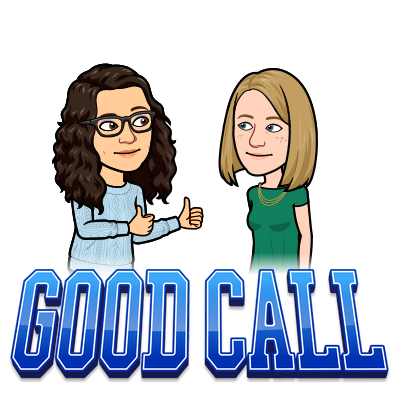
Now that we have talked about formal leadership as well as service side opportunities, you’re probably wondering if there’s anything left! The answer is YES – there are lots of leadership opportunities out there, it’s just a matter of figuring out who you are, and where you fit.
There are lots of committees or learning groups that you can join that are really just informal leadership in disguise.
One thing that really gave Katie a confidence boost and helped her feel more comfortable in the spotlight was a combination of the blended learning team and the IT team at her previous school. The blended learning team was a group of teachers with similar interests who met to talk about how they could incorporate technology in their classroom (obviously this was way before the pandemic!). This was a chance for Katie to really push herself to learn new skills, and to share her learning with colleagues. As confidence grew, she would then share with a larger group of teachers in the building.
That same blended learning team was also really important to Rachel and was a jumping off point for her own professional development and leadership. Presenting to peers/colleagues is very different than leading a lesson in front of your students. It feels different, and can often make you question yourself and your confidence. But, it’s important to take the risk anyhow, as you never know where you’ll find your passion and interests.
This is an example of informal leadership at work! You don’t need an official title to hone your skills and make yourself known as someone that people can approach for support and help – all it takes is for you to put yourself out there, share your knowledge and offer support. The more you help others, and the more you put yourself out there, the easier it gets.
Most schools have a lot of different committees or teacher teams available for staff to join and participate in learning, while also leading some learning too. If you’re just starting out with teaching, check out the committees, learning what they do, and find your niche!
One such committee is the staff learning team. This team is a group of staff (with admin) that get together and plan professional development that will be run at staff meetings or professional activity days for the year. While informal, this opportunity definitely requires you to put yourself out there a bit more and to take on some of the PD delivery. It’s a great opportunity to drive improvement in school communities, and to help you develop some confidence.
Mentoring New Teachers
Depending on your Board or District, this may look different, however here in Ontario we have a New Teacher Induction Program (NTIP) that all new teachers must complete. Each new teacher needs to have a mentor teacher to help support them through this program as they adjust to teaching, marking, reporting, planning field trips, etc. for the first year or so of their careers. With that in mind, it’s worth considering being a mentor teacher.
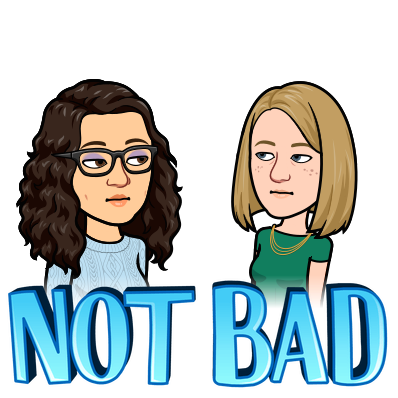
It’s a great way to support colleagues, and to help ease them into the profession. Being a new teacher can be extremely overwhelming, navigating all of the technology and programs that are used, while also planning lessons, building rubrics, and trying not to mess it all up! Mentor teachers have a unique opportunity to make this a positive time for a new teacher, and to ease some of that stress and pressure.
Related, yet different, is the role of an associate teacher. When teachers are training (ie completing their Bachelor of Education), they are required to complete a certain number of teaching practicum placements where they shadow an experience teacher, eventually taking over and teaching the class(es). Being an associate teacher is such an important and necessary role, and will do wonders for your leadership skills.
Sometimes, you may find yourself navigating some really tough conversations with a pre-service teacher, and navigating these conversations is such a good skill to have. It also gives you a chance to share your teaching materials, innovative teaching practices, and wise advice to someone that is hoping to enter the profession.
Teacher In Charge
If you’ve been honing your leadership skills over time, and your admin have taken notice, then one opportunity that may come up is being teacher in charge while the administrators are gone for a half day or day. It allows you to experience what vice principals and principals do on a daily basis, and puts you in a very formal role for that period of time. Typically this is asked of department heads in a school, ie those in formal leadership roles, but if you have been involved and leading others informally, you may get this opportunity as well.
Professional Development
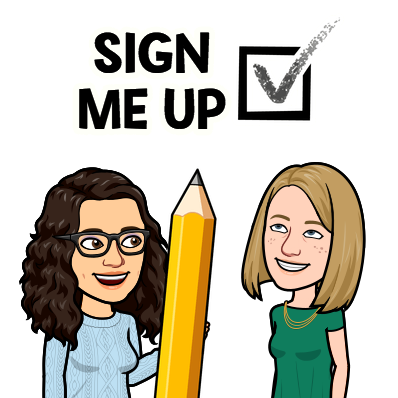
This one may seem simple or obvious, but another way to work on your leadership skills is through professional development. Boards and Districts offer a wide variety of professional development opportunities. If you don’t like what they have to offer, you can also find your own! As you continue to grow and learn as an educator, you can then bring this knowledge back to your building and share it with your colleagues or department colleagues. It may even lead to some opportunities board-wide or within the school to deliver some PD for the rest of the staff!
PD can also take the form of additional qualification (AQ) courses. These courses add to your qualifications, increasing the courses/programming that you can teach. For example, teachers can take “Special Education” AQs to be able to teach in that department area. You may also want to consider the “Teaching English Language Learners” AQ courses – lots of learning, and they’re an amazing bunch of students to teach!
There may also be opportunities to deliver PD on the Board level, to teachers from all of the different schools in your area. This can be very daunting, as you are putting yourself and your knowledge out there, which can be very humbling. That being said, it’s a great opportunity to push yourself to share your knowledge with others, and to interact with a wider range of professionals, learning how to speak to bigger groups, and how to troubleshoot questions or problems that arise.
Course Teams
One final way to get some informal leadership skills is to be a course lead and/or work closely in course teams to implement a new way of teaching.
Courses in high school typically have multiple classes (for example, 8 classes of Grade 9 English). To keep things more organized, typically one teacher takes on the role of course lead. They work closely with the team to make sure there is consistency in evaluation types/number, and to problem solve as things come up. This is a great way to test the waters a bit and see if you would be interested in more formal leadership roles.
The second way is to implement an innovative new program delivery or project with your course team. You could lead the charge on implementing this new strategy, supporting colleagues and answering questions as you go. It’s a great way to lead some change, while leading others.
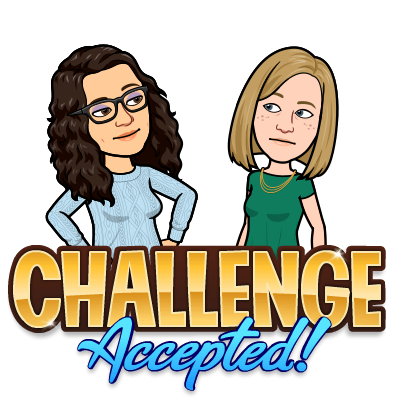
The biggest thing to remember is that there are LOTS of opportunities out there to develop your leadership skills, both formal and informal. Your best bet is to put yourself out there, build relationships with a wide range of colleagues and professionals, and try something new! It’s amazing how things tend to work out!

